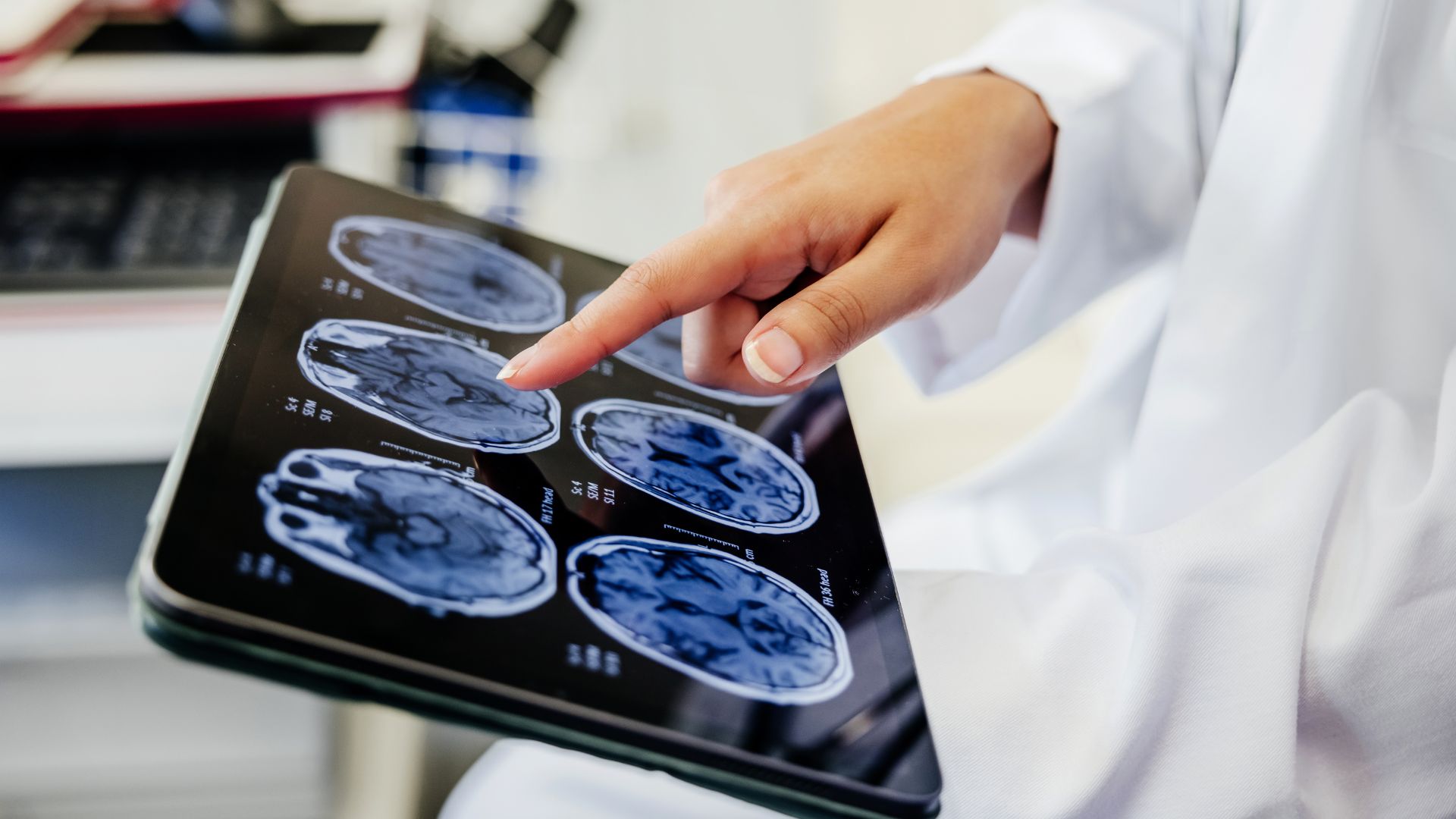A team at Texas A&M AgriLife Research has developed a new way to protect and potentially heal brain cells, using microscopic particles shaped like flowers.
The so-called “nanoflowers,” metallic nanoparticles engineered at the molecular scale, appear to restore the function of mitochondria, the cellular engines that power our bodies.
The study suggests this could lead to a new class of neurotherapeutic drugs. Instead of just masking symptoms of conditions like Parkinson’s or Alzheimer’s, nanoflowers may target the root cause, mitochondrial dysfunction.
“These nanoflowers look beautiful under a microscope, but what they do inside the cell is even more impressive,” said Dr. Dmitry Kurouski, associate professor at Texas A&M and lead investigator on the project.
The research was led by Charles Mitchell, a doctoral student in the university’s biochemistry and biophysics department, and Mikhail Matveyenka, a research specialist.
Both work in Kurouski’s lab at the Texas A&M AgriLife Institute for Advancing Health through Agriculture.
Molecular fix for brain health
Mitochondria convert food into energy for cells.
But in the process, they also generate harmful byproducts like reactive oxygen species, unstable molecules that can accumulate and cause damage.
To test the therapeutic potential of nanoflowers, the team exposed neurons and astrocytes, supportive brain cells, to two different types of nanoflowers.
After 24 hours, cells showed improved mitochondrial structure and quantity, along with a significant drop in oxidative stress.
“Even in healthy cells, some oxidative stress is expected,” Kurouski said. “But the nanoflowers seem to fine-tune the performance of mitochondria, ultimately bringing the levels of their toxic byproducts down to almost nothing.”
According to Kurouski, healthier mitochondria could lead to better brain function overall. “If we can protect or restore mitochondrial health, then we’re not just treating symptoms—we’re addressing the root cause of the damage,” he added.
Worm model shows lifespan boost
The team expanded the study beyond isolated cells and into live organisms using Caenorhabditis elegans, a tiny worm commonly used in brain research.
Worms treated with nanoflowers not only lived several days longer than untreated ones, but also showed lower mortality early in life.
The findings strengthen the case for nanoflowers as neuroprotective agents. Kurouski’s team now plans to test their safety and distribution in more complex animal models before considering human trials.
Despite years of research, drugs that protect neurons from degeneration remain rare. Most treatments focus on reducing symptoms rather than halting disease progression. Kurouski believes this work could flip that script.
“We think this could become a new class of therapeutics,” he said. “We want to make sure it’s safe, effective and has a clear mechanism of action. But based on what we’ve seen so far, there’s incredible potential in nanoflowers.”
Texas A&M Innovation has filed a patent application for the use of nanoflowers in brain health treatments.
Kurouski’s team plans to collaborate with the Texas A&M College of Medicine to explore further applications, including stroke and spinal cord injury recovery.
The study is published in the Journal of Biological Chemistry.
